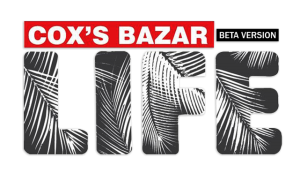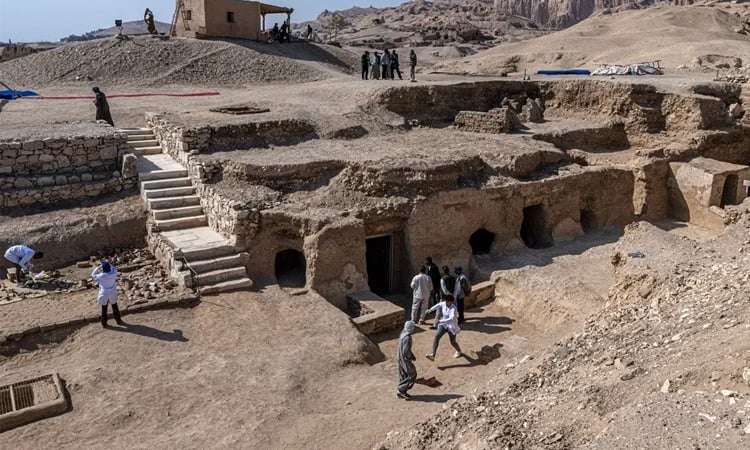Egypt unveiled new archaeological discoveries, including the 4,000-year-old tombs of high-ranking officials and artwork from the time of Queen Hatshepsut, at an ancient necropolis in the famed city of Luxor.
The artifacts, unearthed during a three-year-long excavation, were found in Deir al-Bahari area in the necropolis of Thebes on the west bank of the Nile, renowned Egyptologist Zahi Hawass, who led the mission in cooperation with Egypt’s Supreme Council of Antiquities, said in a statement.
The findings date from the 15th dynasty (1650-1550 BC) to the mighty 18th dynasty (1550-1292 BC), which included pharaohs such as Queen Hatshepsut and King Tutankhamun.
The team unveiled an intact part of the foundations for the valley temple of Queen Hatshepsut’s funerary complex and intricate artwork rendered in vivid bas-reliefs and inscriptions with remarkably preserved colours.
Some 1,500 decorated blocks depict the queen and her successor, Thutmose III, performing sacred rituals.
“(It is) the most beautiful scene I have ever seen in my life,” Hawass, who personally unveiled the discoveries at the temple, said.
“This is the first time that we have a final programme of the decoration of a temple dating to the 18th dynasty,” he told reporters.
Archaeologists also discovered a pristine set of ceremonial tools inscribed with Queen Hatshepsut’s name beneath the temple’s foundation.
Other significant finds included the rock-cut tombs of high-ranking Middle Kingdom officials and an 18th-dynasty tomb of “the Overseer of the Palace” of Queen Tetisheri.
Cox’s Bazar Life Desk/AFP










